
Patna City: A Historical Gem on the Banks of the Ganges
Discover Patna City: A blend of history, spirituality, and culture on the banks of the Ganges, offering a unique and enriching experience for every traveler.
Patna City, located in the heart of Patna, India, is a captivating mix of history, culture, and spirituality. This ancient neighbourhood, also known as Patna Sahib, is famous for its rich historical legacy and as the birthplace of Guru Gobind Singh, the tenth Sikh Guru. The area is dotted with splendid monuments, bustling markets, and serene ghats along the Ganges River, offering a diverse and enriching experience for all visitors. Start your exploration at the magnificent Takht Sri Patna Sahib, a sacred Sikh shrine that attracts pilgrims from around the world. The gurudwara's stunning architecture and serene ambiance provide an unforgettable spiritual experience. Nearby, you'll find the Harmandir Sahib, another important religious site, which adds to the spiritual richness of the area. As you wander the streets of Patna City, take time to visit the Patna Museum, which houses an impressive collection of artifacts, including ancient coins, sculptures, and paintings. History enthusiasts will also appreciate the Agam Kuan, an ancient well believed to date back to the Mauryan period, and the Golghar, a massive granary built by the British in the 18th century. For a taste of local culture, explore the vibrant markets and street food stalls, where you can sample delicious Bihari cuisine. Don't miss the chance to enjoy a boat ride on the Ganges at sunset, offering a peaceful and picturesque view of the river and its surroundings. Patna City is a treasure trove of experiences that will leave you with lasting memories.
Local tips in Patna City
- Visit early in the morning to avoid crowds at popular sites like Takht Sri Patna Sahib.
- Wear comfortable shoes as you will be walking a lot through the historical sites and markets.
- Try local street food, especially Litti Chokha and Chana Ghugni, for an authentic culinary experience.
- Hire a local guide to get in-depth knowledge about the historical and cultural significance of the sites.
- Carry a reusable water bottle to stay hydrated, especially during the hot months.
Patna City: A Historical Gem on the Banks of the Ganges
Patna City, located in the heart of Patna, India, is a captivating mix of history, culture, and spirituality. This ancient neighbourhood, also known as Patna Sahib, is famous for its rich historical legacy and as the birthplace of Guru Gobind Singh, the tenth Sikh Guru. The area is dotted with splendid monuments, bustling markets, and serene ghats along the Ganges River, offering a diverse and enriching experience for all visitors. Start your exploration at the magnificent Takht Sri Patna Sahib, a sacred Sikh shrine that attracts pilgrims from around the world. The gurudwara's stunning architecture and serene ambiance provide an unforgettable spiritual experience. Nearby, you'll find the Harmandir Sahib, another important religious site, which adds to the spiritual richness of the area. As you wander the streets of Patna City, take time to visit the Patna Museum, which houses an impressive collection of artifacts, including ancient coins, sculptures, and paintings. History enthusiasts will also appreciate the Agam Kuan, an ancient well believed to date back to the Mauryan period, and the Golghar, a massive granary built by the British in the 18th century. For a taste of local culture, explore the vibrant markets and street food stalls, where you can sample delicious Bihari cuisine. Don't miss the chance to enjoy a boat ride on the Ganges at sunset, offering a peaceful and picturesque view of the river and its surroundings. Patna City is a treasure trove of experiences that will leave you with lasting memories.
Iconic landmarks you can’t miss
Gandhi Maidan
Discover Gandhi Maidan, a historic landmark in Patna, Bihar, where history, culture, and nature converge in a serene urban park setting.
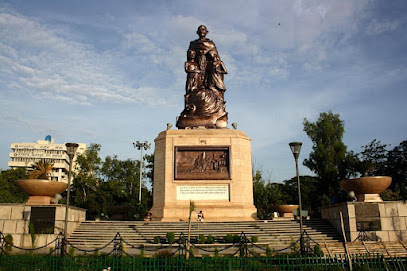
Sanjay Gandhi Biological Park, Patna
Explore the rich biodiversity and serene landscapes of Sanjay Gandhi Biological Park, a premier destination for wildlife enthusiasts and nature lovers in Patna.
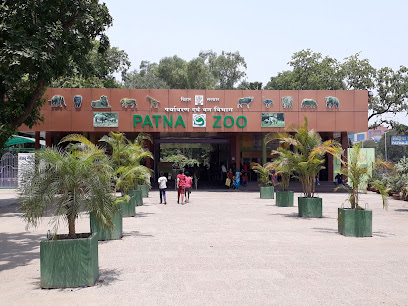
Rajdhani Vatika
Experience the serene beauty of Rajdhani Vatika, a stunning park and botanical garden in Patna, perfect for relaxation and cultural exploration.
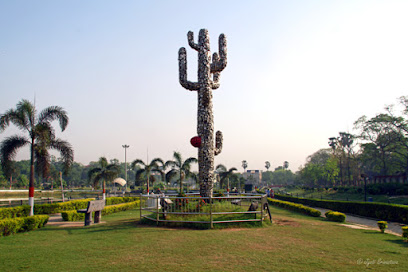
Budhha Smriti Park
Explore Buddha Smriti Park in Patna, a serene memorial park that celebrates the teachings of Buddha amidst lush gardens and tranquil surroundings.
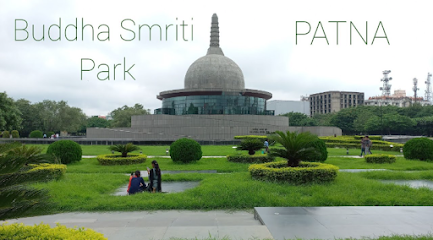
Takhat Shri Harimandir Ji Patna Sahib
Discover the serene beauty and rich spirituality of Takhat Shri Harimandir Ji Patna Sahib, a must-visit Gurudwara in Patna, Bihar.
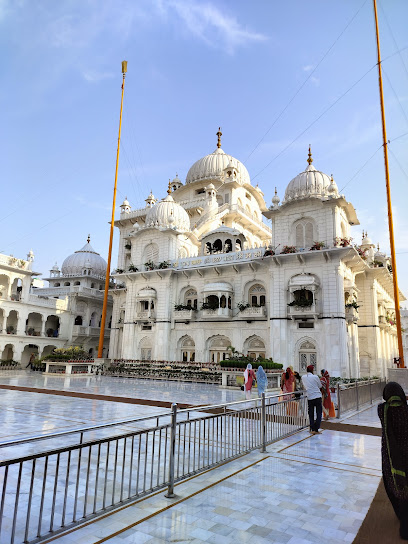
Golghar
Explore the architectural wonder of Golghar in Patna, a historical landmark offering stunning views of the Ganges and a rich glimpse into India's past.
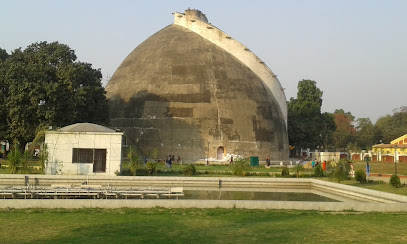
Bihar Museum
Explore the rich archaeological and artistic heritage of Bihar at the stunning Bihar Museum in Patna, a top destination for culture enthusiasts.
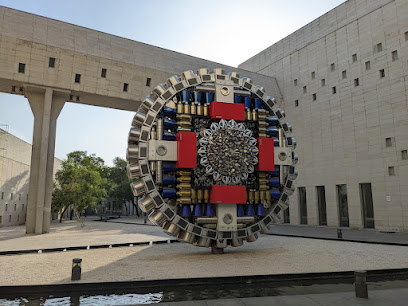
Patna Museum
Explore the Patna Museum, where history comes alive through a stunning collection of artifacts and exhibitions reflecting Bihar's rich cultural heritage.
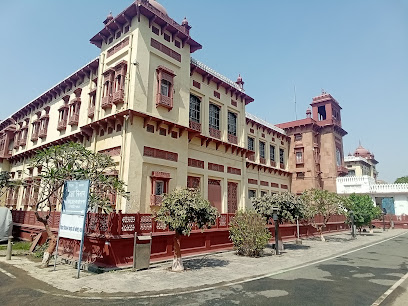
Kangan Ghat, Patna
Discover the tranquility and cultural richness of Kangan Ghat, a sacred site along the Ganges River in Patna, Bihar.

Gandhi Sangrahalaya
Explore the rich legacy of Mahatma Gandhi at Gandhi Sangrahalaya in Patna, a profound museum dedicated to India's independence movement and its philosophies.
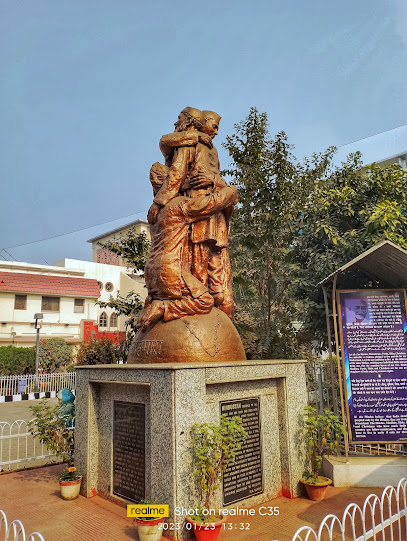
Essential places to dine
Foresto Paradise
Discover exquisite barbecue and fine dining at Foresto Paradise, the perfect family-friendly restaurant in Patna.
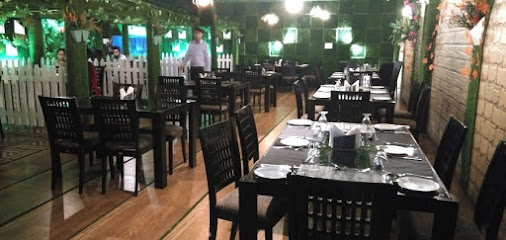
Barbeque Nation
Experience the ultimate buffet feast at Barbeque Nation in Patna, featuring exquisite Indian barbecue dishes and delectable desserts in a vibrant setting.

Bansi Vihar Restaurant
Discover authentic South Indian vegetarian cuisine at Bansi Vihar Restaurant in Patna—where every meal is a celebration of flavors.
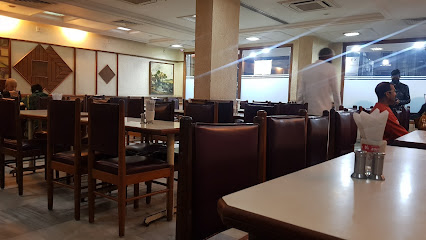
Basant Vihar
Discover the flavors of authentic South Indian cuisine at Basant Vihar in Patna - where every meal is a delightful experience.
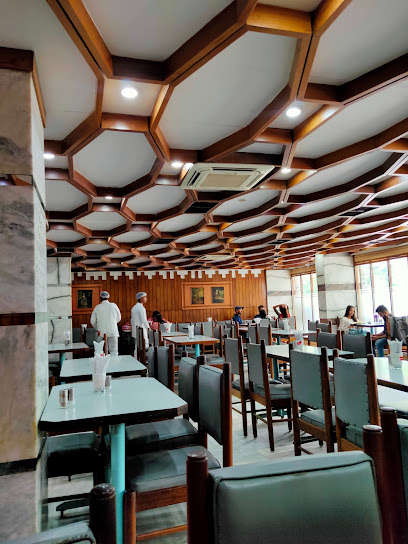
CookBook Cafe
Experience diverse global cuisine at CookBook Cafe in Patna - where culinary creativity meets fine dining elegance.
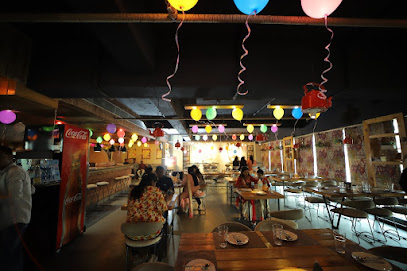
Indian Summer Cafe
Discover culinary delights at Indian Summer Cafe in Patna - where great food meets inviting ambiance.
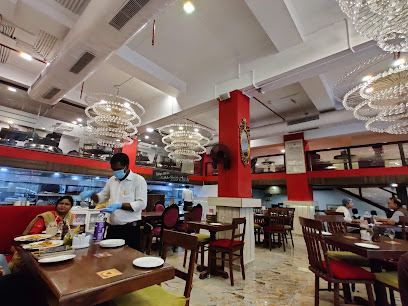
Pukhtaan - The Royal Taste of India
Discover the royal flavors of India at Pukhtaan in Patna - an exquisite dining experience featuring Mughlai and North Indian specialties.
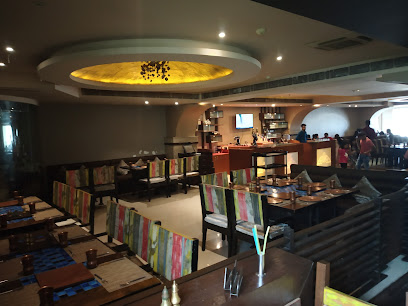
Raj Rasoi
Discover authentic South Indian flavors at Raj Rasoi in Patna—where every meal is a celebration of taste!
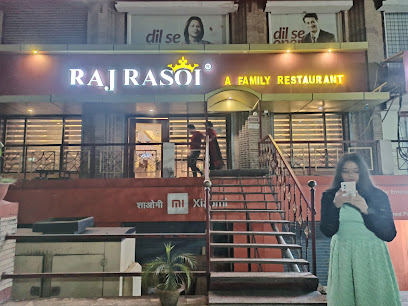
Bloom kitchen
Discover the rich flavors of Indian cuisine at Bloom Kitchen in Patna, where every meal is a celebration of taste and culture.
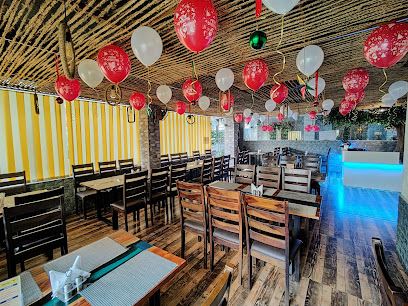
GANDHALI RESTAURANT
Discover authentic Indian flavors at Gandhali Restaurant in Patna – where every meal tells a story.
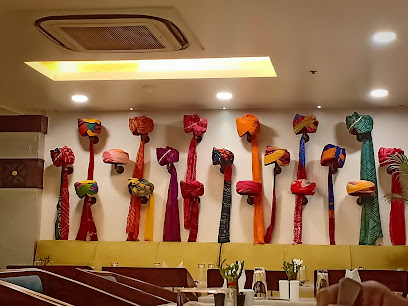
Markets, malls and hidden boutiques
P&M Mall
Explore P&M Mall in Patna for an unforgettable shopping, dining, and entertainment experience in the heart of Bihar.

Centro Mall
Discover the ultimate shopping experience at Centro Mall in Patna, where style meets entertainment in a vibrant atmosphere.
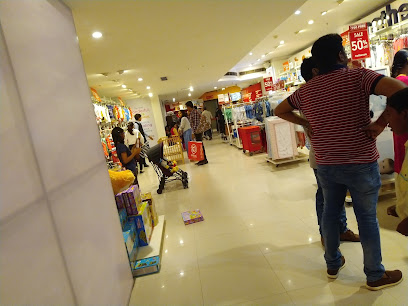
Girija Fashion
Discover the essence of Patna's fashion at Girija Fashion, a premier clothing store with a chic selection of styles for every taste.
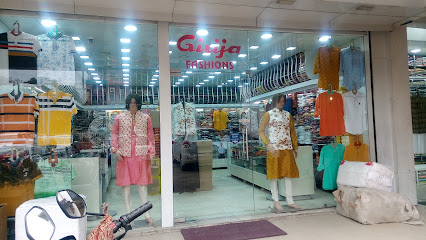
Patna Market
Discover the vibrant Patna Market, a cultural hotspot teeming with local goods, delicious street food, and a lively shopping atmosphere.
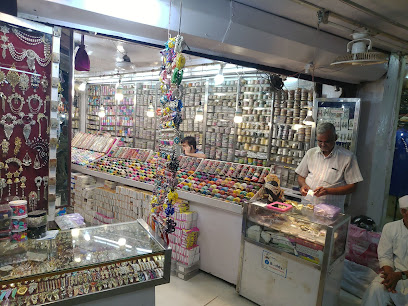
V-Mart - Boring Road-Patna
Discover a vibrant shopping experience at V-Mart in Patna, where fashion meets convenience and local culture.
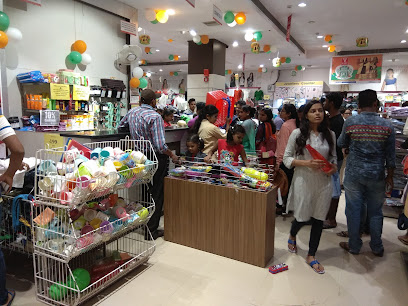
Bazar India
Explore the vibrant world of fashion at Bazar India, Patna's premier clothing store offering a diverse range of apparel and accessories for every style.

Lifestyle Stores
Discover the ultimate shopping experience at Lifestyle Stores in Patna, where fashion meets beauty in a vibrant mall atmosphere.
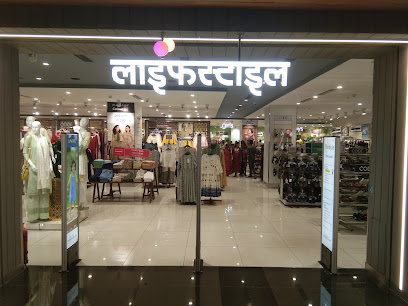
Miscellaneous Store Patna
Explore the vibrant Miscellaneous Store in Patna for diverse shopping options, affordable prices, and a taste of local culture.
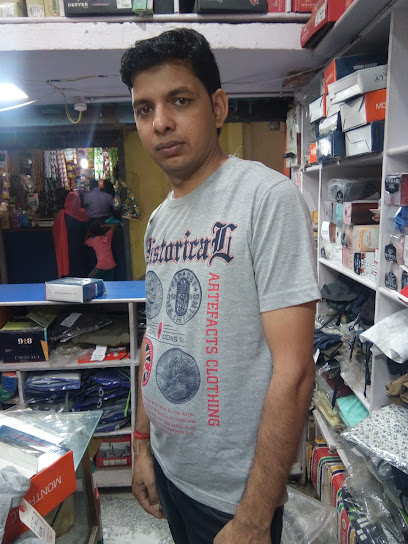
Firstcry.com Store EBC Road
Shop at Firstcry.com Store in Patna for all your baby needs, offering a wide selection of quality products at competitive prices.
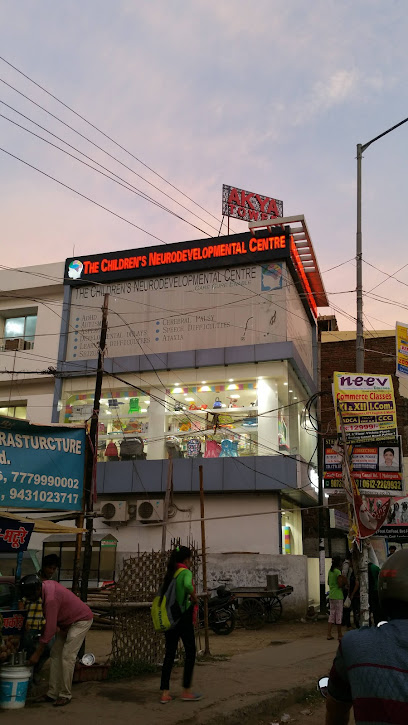
Public Fancy Store
Explore stylish clothing for all ages at Public Fancy Store, a top shopping destination in Patna Market, Bihar.

Essential bars & hidden hideouts
Foresto Paradise
Experience the best of barbecue and fine dining in a family-friendly environment at Foresto Paradise, Patna's culinary gem.
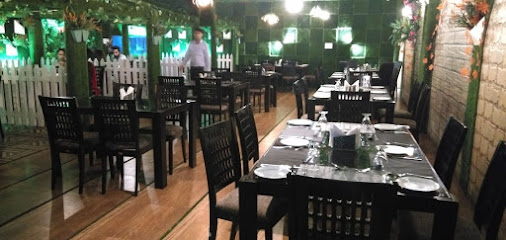
CookBook Cafe
Experience a culinary journey at CookBook Cafe, where exquisite flavors meet elegant dining in the heart of Patna.
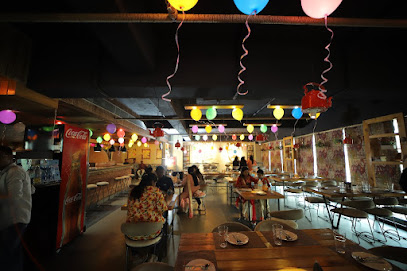
The Soda Fountain & Milk Bar
Discover a culinary paradise at The Soda Fountain & Milk Bar, blending South Indian flavors with delectable bakery delights in Patna.

MamaSexy - The Aer Bar
Discover the vibrant dining experience at MamaSexy - The Aer Bar, offering stunning views, delicious cuisine, and a lively atmosphere in Patna.
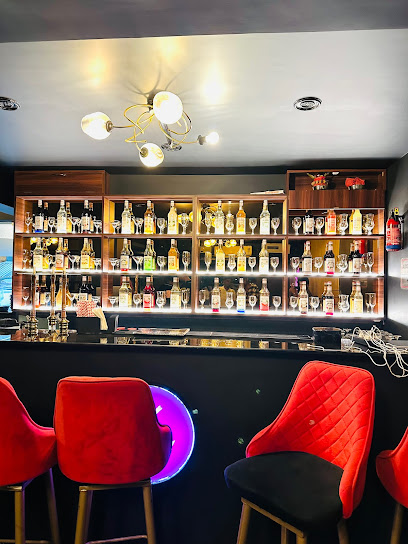
The Purple Lounge
Discover the vibrant nightlife of Patna at The Purple Lounge, where cozy ambiance meets diverse drink options for an unforgettable experience.
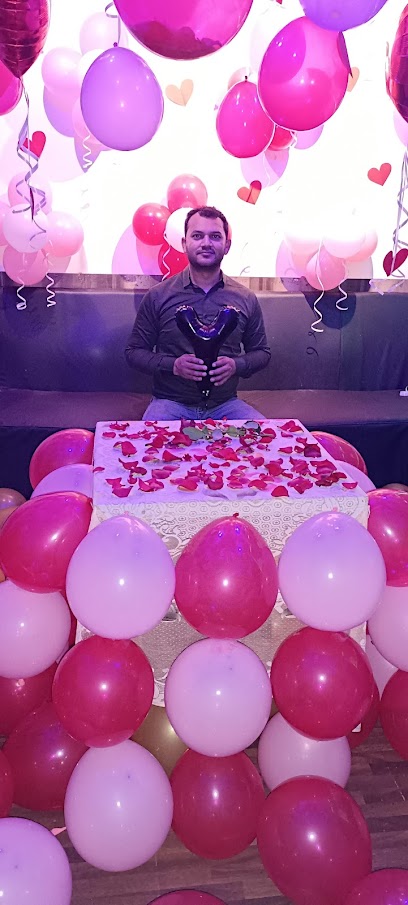
BARA KOTHI
Discover the warmth and charm of Bara Kothi, a perfect lounge in Patna, offering a serene escape with delightful refreshments and a cozy atmosphere.
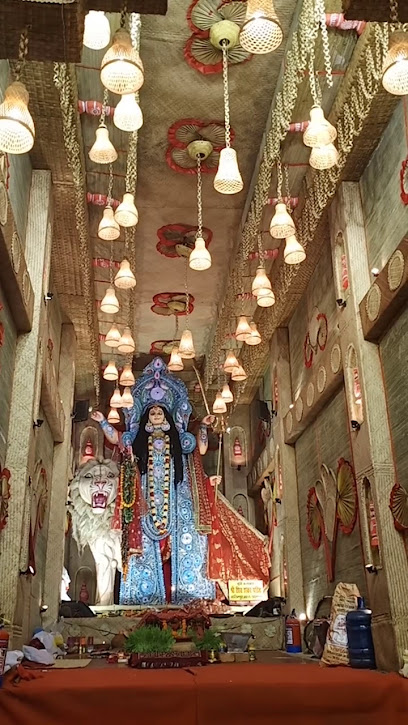
Bihar Bar Council Hotel
Dive into the lively atmosphere at Bihar Bar Council Hotel, where delicious fast food meets a vibrant bar experience in the heart of Patna.

GOODFEEL BEER SHOP
Experience the vibrant atmosphere and diverse beer selection at Goodfeel Beer Shop in Khagaul, Patna - a local favorite for all beer lovers.
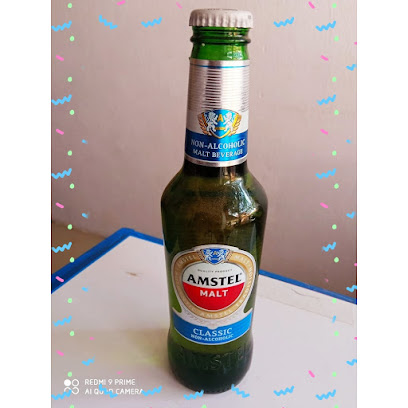
Flair Mania Bartending Events in india
Discover the vibrant world of mixology at Flair Mania Bartending School in Patna, Bihar - where learning meets creativity.
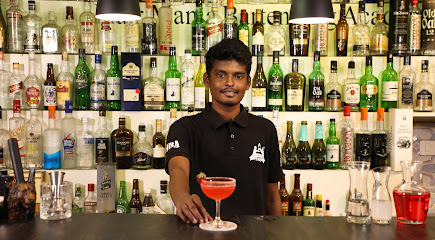
A1 patna mocktail
Experience the vibrant flavors of A1 Patna Mocktail, where refreshing mocktails and delicious grilled delights create a memorable dining experience.
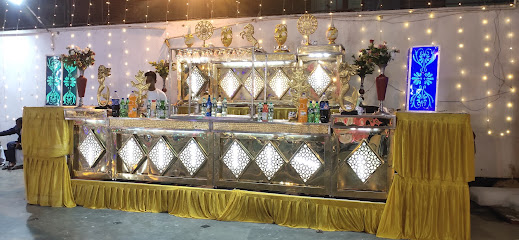
Local Phrases
-
- Helloनमस्ते
[Namaste] - Goodbyeअलविदा
[Alvida] - Yesहाँ
[Haan] - Noनहीं
[Nahi] - Please/You're welcomeकृपया
[Kripaya] - Thank youधन्यवाद
[Dhanyawad] - Excuse me/Sorryमाफ़ कीजिए
[Maaf kijiye] - How are you?आप कैसे हैं?
[Aap kaise hain?] - Fine. And you?ठीक हूँ। आप सुनाइए।
[Theek hoon. Aap sunaiye.] - Do you speak English?क्या आप अंग्रेजी बोलते हैं?
[Kya aap angreji bolte hain?] - I don't understandमुझे समझ नहीं आया
[Mujhe samajh nahi aaya]
- Helloनमस्ते
-
- I'd like to see the menu, pleaseकृपया मेन्यू दिखाइए
[Kripaya menu dikhaiye] - I don't eat meatमैं मांस नहीं खाता
[Main maans nahi khata] - Cheers!चियर्स!
[Cheers!] - I would like to pay, pleaseकृपया मैं भुगतान करना चाहूँ
[Kripaya main bhugtan karna chaahun]
- I'd like to see the menu, pleaseकृपया मेन्यू दिखाइए
-
- Help!मदद!
[Madad!] - Go away!चले जाओ!
[Chale jao!] - Call the Police!पुलिस को बुलाओ!
[Police ko bulao!] - Call a doctor!डॉक्टर को बुलाओ!
[Doctor ko bulao!] - I'm lostमैं खो गया/गई हूँ
[Main kho gaya/gayi hoon] - I'm illमुझे बीमारी है
[Mujhe bimari hai]
- Help!मदद!
-
- I'd like to buy...मैं खरीदना चाहूँगा/चाहूँगी...
[Main kharidna chahunga/chahungi...] - I'm just lookingमैं बस देख रहा/रही हूँ
[Main bas dekh raha/rahi hoon] - How much is it?यह कितने का है?
[Yeh kitne ka hai?] - That's too expensiveयह बहुत महंगा है
[Yeh bahut mehnga hai] - Can you lower the price?क्या आप कीमत कम कर सकते हैं?
[Kya aap kimat kam kar sakte hain?]
- I'd like to buy...मैं खरीदना चाहूँगा/चाहूँगी...
-
- What time is it?अब कितने बजे हैं?
[Ab kitne baje hain?] - It's one o'clockएक बज रहा है
[Ek baj raha hai] - Half past (10)दस बजे तक
[Das baje tak] - Morningसुबह
[Subah] - Afternoonदोपहर
[Dopahar] - Eveningशाम
[Shaam] - Yesterdayकल
[Kal] - Todayआज
[Aaj] - Tomorrowकल
[Kal] - 1एक
[Ek] - 2दो
[Do] - 3तीन
[Teen] - 4चार
[Char] - 5पांच
[Paanch] - 6छह
[Chhah] - 7सात
[Saath] - 8आठ
[Aath] - 9नौ
[Nau] - 10दस
[Das]
- What time is it?अब कितने बजे हैं?
-
- Where's a/the...?यहाँ...कहाँ है?
[Yahaan...kahaan hai?] - What's the address?पता क्या है?
[Pata kya hai?] - Can you show me (on the map)?क्या आप मुझे दिखा सकते हैं (नक्शे पर)?
[Kya aap mujhe dikha sakte hain (nakshay par)?] - When's the next (bus)?अगली (बस) कब है?
[Agli (bus) kab hai?] - A ticket (to ....)एक टिकट (के लिए ....)
[Ek ticket (ke liye ....)]
- Where's a/the...?यहाँ...कहाँ है?
History of Patna City
-
Patna City, known historically as Pataliputra, has roots that trace back to the 5th century BCE. It served as the capital of several ancient Indian empires, including the Maurya and Gupta Empires. Its strategic location at the confluence of the Ganges, Son, and Gandak rivers made it a significant center for trade and commerce, drawing merchants from across the subcontinent.
-
Pataliputra reached its zenith during the Mauryan Empire under the reign of Chandragupta Maurya and his grandson Ashoka the Great in the 3rd century BCE. The city was renowned for its advanced urban planning, grand palaces, and extensive gardens. Ashoka's edicts, inscribed on pillars throughout the region, emphasized non-violence and moral governance, influencing both Indian and global philosophies.
-
Throughout its history, Patna City has been a melting pot of cultures and religions. It became a significant center for Buddhism, with many monasteries established during the reign of Ashoka. Later, the city also played a crucial role in the spread of Jainism and Hinduism, evident in the multitude of temples and pilgrimage sites that dot the landscape.
-
The Mughal era brought a new wave of architectural innovation to Patna City. The city became an important provincial capital, with many structures built during this time, including the grand Gol Ghar and the impressive tomb of Khwaja Jahan. The fusion of Mughal and local architectural styles during this period contributed to the city's rich cultural heritage.
-
In the 18th and 19th centuries, Patna City was significantly affected by British colonial rule. The city became a hub for nationalist movements, with prominent figures such as Rajendra Prasad, who would later become India's first President, emerging from the region. The struggle for independence saw many rallies and protests organized in Patna, cementing its role in the larger narrative of India's fight for freedom.
-
Post-independence, Patna City has continued to evolve, with urban development transforming its landscape. The establishment of educational institutions, government offices, and modern infrastructure has positioned Patna as a key center for education and politics in Bihar. Efforts to preserve its historical sites while accommodating modernity reflect the city's ongoing journey through time.
Patna City Essentials
-
Patna City is well-connected to other neighborhoods in Patna. You can reach Patna City by local buses, auto-rickshaws, or taxis from the Patna Junction railway station and the Jay Prakash Narayan International Airport. Public buses operate frequently and are a budget-friendly option, while auto-rickshaws provide a more direct and quicker means of transport. The distance from Patna Junction to Patna City is approximately 3 kilometers.
-
Patna City is best navigated using auto-rickshaws, bicycle rickshaws, and local buses. Auto-rickshaws are readily available and allow for quick travel within the city. Bicycles can be rented from local shops for a more leisurely exploration. Walking is also a great option for experiencing the city's vibrant street life. Ride-sharing apps like Ola and Uber operate in the area, providing additional convenience for longer distances.
-
Patna City is generally safe for tourists, but it is advisable to stay vigilant, especially in crowded areas. While there are no specific high-crime areas targeting tourists, petty crimes like pickpocketing can occur. Areas around the Patna City Market can be congested, so exercise caution. Avoid walking alone at night in less populated areas and keep your belongings secure.
-
In case of emergencies, dial 100 for police assistance or 102 for ambulance services. Local hospitals and clinics are available, with prominent ones including the Patna Medical College and Hospital. It is advisable to have travel insurance that covers medical emergencies. For minor health issues, pharmacies are scattered throughout Patna City.
-
Fashion: Do dress conservatively, especially when visiting religious sites. Avoid shorts and sleeveless tops. Religion: Do respect local customs; remove shoes when entering temples. Don't take photographs where it's prohibited. Public Transport: Do give up your seat to elderly passengers. Don't eat or drink on public transport. Greetings: Do greet locals with a handshake or a 'Namaste' gesture. Eating & Drinking: Do try local cuisine and accept food offerings. Don't refuse hospitality, as it may offend your hosts.
-
To experience Patna City like a local, visit the bustling local markets such as the Patna City Market for fresh produce and traditional goods. Engage with locals; they are generally friendly and willing to share stories about their culture. Don't miss the Golghar and the Mahatma Gandhi Setu for great views. Participating in local festivals, if your timing aligns, will offer insights into the local culture and traditions.
Nearby Cities to Patna City
-
Things To Do in Varanasi
-
Things To Do in Chitwan
-
Things To Do in Patan
-
Things To Do in Bhaktapur
-
Things To Do in Kathmandu
-
Things To Do in Nagarkot
-
Things To Do in Ranchi
-
Things To Do in Bandipur
-
Things To Do in Gorkha
-
Things To Do in Namche Bazaar
-
Things To Do in Pokhara
-
Things To Do in Siliguri
-
Things To Do in Darjeeling
-
Things To Do in Lumbini
-
Things To Do in Rajshahi













